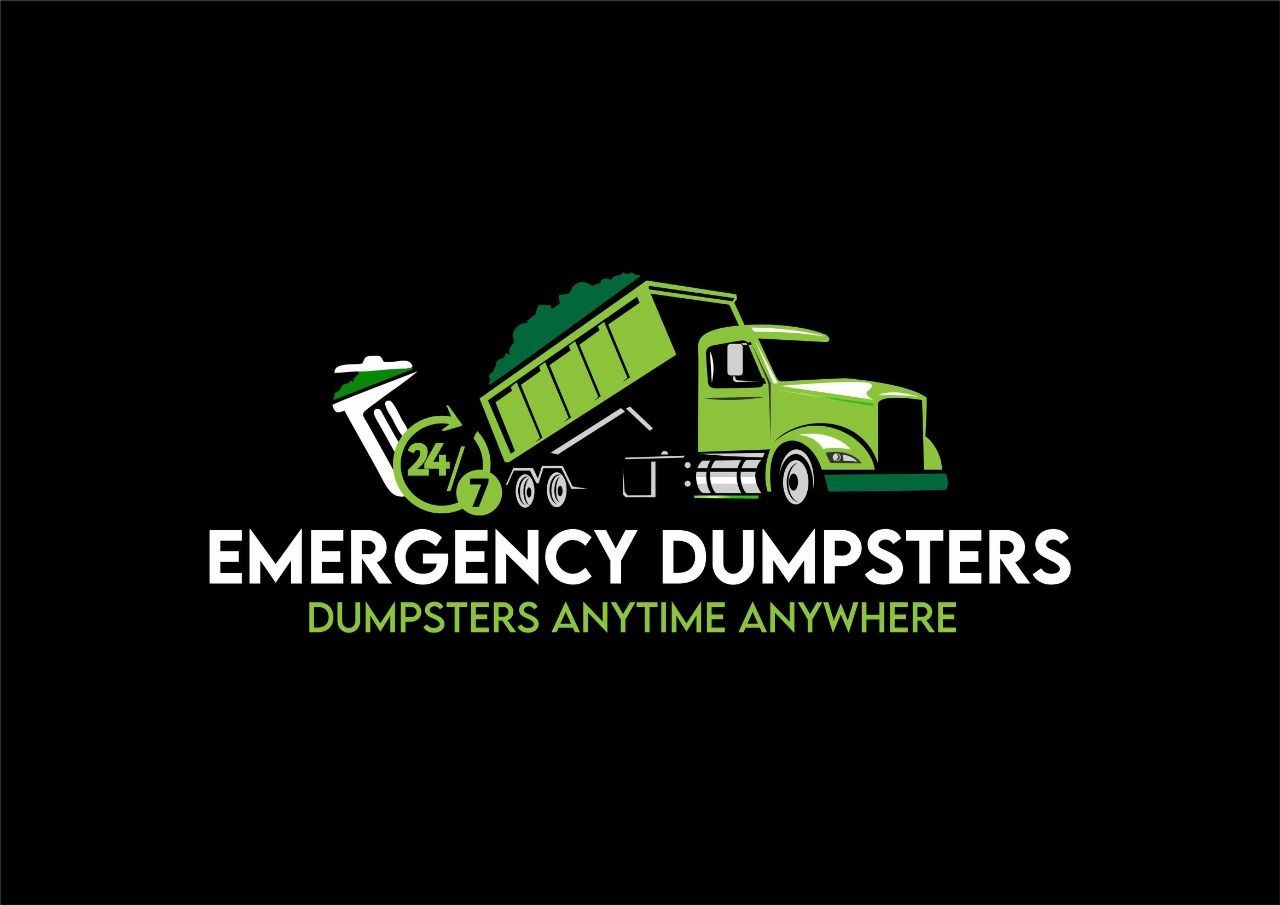How to Reduce Restaurant Waste and Boost Profits
Michael Mintz
Running a successful restaurant involves balancing many moving parts, from sourcing ingredients to managing staff. However, one area that is often overlooked yet can significantly impact your bottom line is waste management. Reducing waste in your restaurant not only helps the environment but can also lead to substantial cost savings and increased profits. Here’s how you can cut down on waste while boosting profitability.
1. Conduct a Waste Audit
The first step in reducing restaurant waste is understanding where it comes from. Conduct a waste audit to track what and how much is being thrown away. Are there certain ingredients that frequently expire before they’re used? Is there a lot of leftover food on plates? By identifying these problem areas, you can create strategies to reduce waste and maximize efficiency.
2. Optimize Inventory Management
Poor inventory management can lead to over-ordering and spoilage, which results in wasted food and lost profits. Implement an inventory management system that tracks ingredients in real-time and adjusts ordering based on usage patterns. By ordering only what you need, you can significantly reduce food waste and lower your expenses.
3. Portion Control
Oversized portions often lead to uneaten food, which ends up in the trash. By adjusting portion sizes, you can reduce the amount of food waste while maintaining customer satisfaction. Additionally, consider offering different portion sizes on your menu to cater to various appetites. This strategy not only cuts down on waste but can also boost profits by appealing to a wider range of customers.
4. Repurpose Ingredients
Get creative with leftover ingredients. If you find that certain ingredients are consistently unused, consider adding a special dish to the menu or offering a daily special that makes use of them. For example, yesterday’s unused vegetables can become today’s soup or stir-fry. By repurposing ingredients, you can reduce waste and create new menu items that may attract more customers.
5. Implement Composting and Recycling Programs
Not all waste is avoidable, but much of it can be diverted from landfills through composting and recycling. Set up a system in your kitchen to separate compostable materials (such as food scraps) from recyclables (such as glass and plastic). Partner with local waste management services to help with the disposal. Not only will this reduce your environmental footprint, but it can also appeal to eco-conscious customers who value sustainability.
6. Monitor and Adjust
After implementing these strategies, it’s important to continually monitor your progress. Track how much waste your restaurant is generating and adjust your practices as needed. Set waste reduction goals and communicate them to your staff to ensure everyone is on the same page.
7. Train Your Staff
Your kitchen and waitstaff play a crucial role in waste reduction. Train your team on best practices for waste management, such as proper food storage, portion control, and the importance of reusing ingredients. A well-trained team will not only help reduce waste but will also contribute to a more efficient and profitable operation.
8. Offer Takeaway Options for Leftovers
Encourage customers to take home uneaten food by offering convenient takeaway options. Provide eco-friendly packaging, and make it easy for customers to enjoy their leftovers later. This not only reduces waste but also gives your patrons an extra meal, improving their overall dining experience.
9. Leverage Technology
There are various software solutions available that can help track and reduce food waste in real-time. These tools monitor inventory, track expiration dates, and even predict future ingredient needs based on sales patterns. Implementing technology into your operations can help streamline processes, reduce waste, and boost profits.
10. Partner with Food Donation Programs
Consider donating excess food that is still safe to eat but unlikely to be used. Partnering with local food banks or shelters allows you to reduce waste while supporting your community. Many organizations are more than willing to work with restaurants to redistribute unused food, ensuring that nothing goes to waste.
Conclusion
Reducing restaurant waste doesn’t just help the environment—it also boosts your bottom line. By conducting a waste audit, optimizing inventory, repurposing ingredients, and implementing waste diversion programs, your restaurant can cut costs and increase profitability. Not only will these strategies help your business financially, but they will also position your restaurant as a leader in sustainability, appealing to a growing number of eco-conscious diners.
At 24/7 Emergency Dumpsters, we understand the importance of efficient waste management for businesses, including restaurants. We offer customized waste solutions to help your business reduce its waste and operate more sustainably. Contact us today to learn more about how we can help your restaurant reduce waste and increase profits!
Share to:
Phone: 1-866-349-2734
For Residential Dumpsters and Junk Removals all across the U.S. please call 561-372-3176

